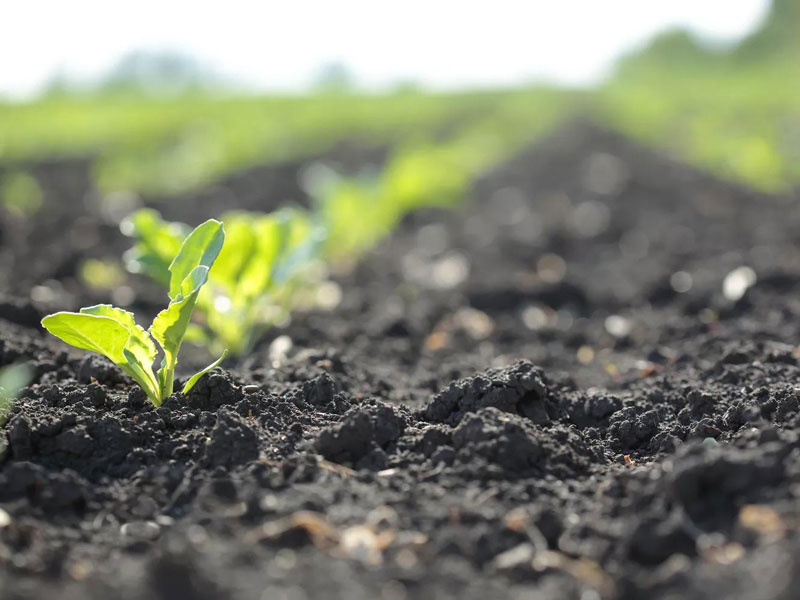In the realm of sustainable agriculture and environmental conservation, biochar emerges as a potent force reshaping conventional practices. Derived from the pyrolysis of organic materials, biochar stands at the intersection of science, agriculture, and environmental stewardship, offering a multifaceted solution to pressing global challenges. Its significance lies not only in its capacity to sequester carbon but also in its profound impact on soil health and agricultural productivity.
The Science of Biochar
Biochar from biochar equipment, often hailed as “black gold” or “carbon-negative technology,” is more than a mere byproduct of biomass conversion; it is a transformative tool in the fight against climate change. Through the process of pyrolysis, biomass such as agricultural residues, wood chips, or organic waste undergoes thermal decomposition in the absence of oxygen, yielding a stable carbon-rich material—biochar.
Carbon Sequestration: A Global Imperative
The allure of biochar lies in its remarkable ability to sequester carbon dioxide from the atmosphere and lock it away in the soil for centuries, if not millennia. Unlike other forms of carbon storage, such as tree planting or carbon capture and storage (CCS) technologies, biochar of charcoal manufacturing machine offers a permanent and scalable solution. Its porous structure provides refuge for carbon molecules, shielding them from microbial decomposition and ensuring long-term storage—an invaluable asset in mitigating the effects of anthropogenic greenhouse gas emissions.
Soil Health and Agricultural Sustainability
Moreover, the benefits of biochar extend beyond carbon sequestration to encompass soil health and agricultural sustainability. When incorporated into soil, biochar acts as a carbon reservoir, enhancing its water retention capacity, nutrient-holding ability, and microbial activity. This phenomenon, known as the “biochar effect,” fosters a symbiotic relationship between soil, plants, and microorganisms, promoting optimal growth conditions and resilience to environmental stressors.

Remediation and Restoration Efforts
Furthermore, biochar serves as a catalyst for soil remediation and restoration efforts in degraded or contaminated landscapes. Its adsorptive properties enable it to bind heavy metals, pesticides, and other pollutants, preventing their leaching into groundwater and safeguarding ecosystem integrity. By revitalizing soils and mitigating environmental degradation, biochar from biomass pyrolsis paves the way for sustainable land management practices and ecosystem resilience.
Agricultural Advancements
In the agricultural sector, the integration of biochar holds immense promise for increasing crop yields, improving food security, and mitigating the adverse effects of climate variability. Studies have shown that the application of biochar can enhance soil fertility, promote nutrient cycling, and suppress soil-borne pathogens, thereby reducing the reliance on synthetic fertilizers and agrochemicals. Additionally, the slow-release properties of biochar ensure sustained nutrient availability over time, minimizing nutrient runoff and enhancing nutrient use efficiency—a boon for resource-limited farmers and environmentally sensitive regions.

In conclusion, biochar represents a paradigm shift in our approach to carbon management, soil conservation, and agricultural sustainability. Its role in carbon sequestration and soil health cannot be overstated, offering a holistic solution to some of the most pressing challenges facing humanity. As we strive to build a more resilient and regenerative future, biochar stands as a beacon of hope—a potent reminder of nature’s capacity for renewal and regeneration. Dive into more information with Beston Group.